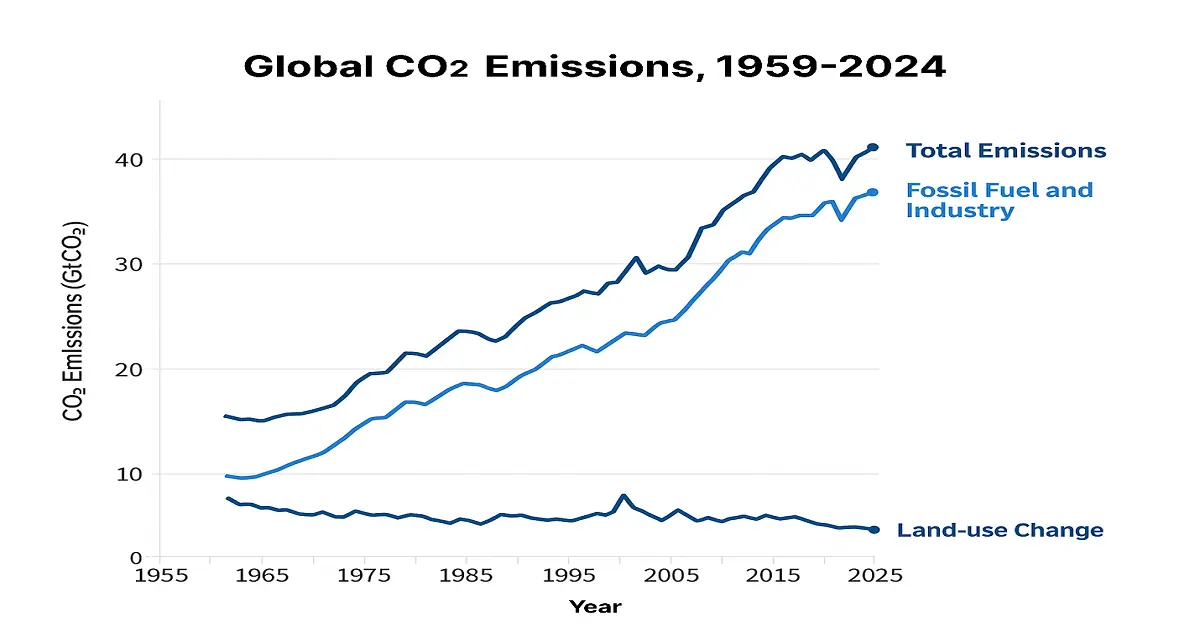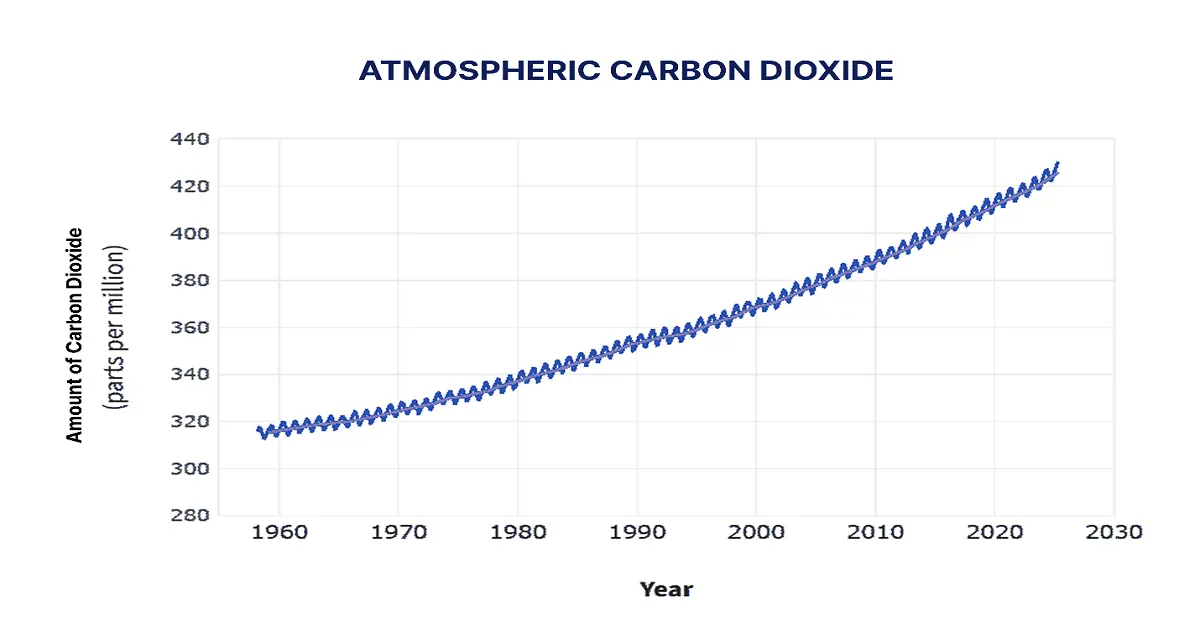Published Date : 11 December 2025
Posted by : Ipseeta Dash
Imagine this scenario- it is 2040, and the world has made a remarkable progress. But the worldwide thermostat is continuing to creep up. The climate models that were feared back in 2020 are now the present reality, with the existence of intense ecosystems, heatwaves, and stronger storms on the brink. The global population tried, but it was not quite and rapid enough.
Based on this disaster, the questions that keep popping up are: What if, as a last resort, we could tweak the planet’s settings? What if we could give Earth a pair of sunglasses?
The answer remains in the fact that this is not science fiction, but it is actually the frontier of solar geoengineering, or commonly known as solar radiation modification (SRM). It is one of the most fascinating and controversial topics in climate science today. Nevertheless, buckle up as this blog is about to dive deep into the future that is closer and stranger than one can ever think.
What You Need to Know About Solar Geoengineering?
The first thing is to drop the jargon and get an in-depth insight into solar geoengineering. It is not about diminishing greenhouse gases, not an aspect to fix ocean acidification, which is readily attributed to the existing carbon dioxide pollution. Instead, it should be thought as a planetary thermostat, which denotes a way to temporarily manage the symptoms of fever, while focusing on curing the underlying infection.
The actual idea here is very simple; it is to reflect on a tiny fraction of sunlight successfully back into space before it readily heats up the Earth. It is also directly inspired by nature’s very own powerful cooling systems. The definitive example will be the 1991 Mount Pinatubo eruption, which took place in the Philippines. It actually blasted millions of sulfur dioxide particles, effectively high into the stratosphere, where they developed into a reflective haze. Besides, as per a detailed report published by the Carnegie Endowment for International Peace in July 2025, geoengineering frequently approaches its relation to diminish carbon dioxide and effectively shave off high temperatures without impacting planetary, international, ecological, and human security.

Source: Carnegie Endowment for International Peace, 2025
This imitation of natural procedure is the ultimate key, and scientists are not initiating to invent something entirely new. Instead, they are thoroughly studying and evaluating to ensure careful and deliberate reproduction of this volcanic effect to counter the unprecedented heating, which has been caused by human activity. Besides, it is a monumental technological risk, but the initial principle is deeply rooted in observable planetary events.
The Big Three: How We Might Turn Down the Thermostat?
Scientists are readily exploring certain primary approaches that might sound like they have been ripped off from science fiction novels. Some appear to be straightforward, and others demonstrate themselves to belong to a James Bond’s villain’s playbook. Having said so, now let us break down the big three contenders that have vied for the role of planetary thermostat-
Stratospheric Aerosol Injection (SAI): This is often known as the Pinatubo Plan, which is the most comprehensively debated and discussed method for an appropriate reason. The concept here involves a convoy of customized aircraft, which tends to continuously release millions of tiny reflective particles, such as calcium carbonate and sulfur dioxide, into the stratosphere, almost about 15 to 20 miles. In addition, these particles will form into a global and faint haze that will reflect and scatter a small but essential sunlight amount back into space. Besides, the appeal is the potency and astonishingly low expense, in comparison to the astronomical risks of unwanted climate change. In an outstanding article published by NASA in February 2025, there has been an increase in the global temperature by 1.5 degrees Celsius, followed by a surge in methane by 1,935 parts per billion, and a decrease in Arctic Sea ice minimum extent by 12.2% per decade. It is impossible to depict the effect of the massive intervention on the delicate regional weather systems, but it is one of the global treatments, which is crucial for feeding billions, for the continuous recovery of the protected ozone layer.
Marine Cloud Brightening (MCB): This is considered a more nuanced approach, wherein droneships, without any effort, sailing across oceans, while spraying microscopic sea salt particles into low-lying marine clouds. These particles tend to act as additional seeds, thereby making clouds appear to be far more reflective, whiter, and denser. The benefit of this strategy is the potential for effectively targeting, for instance, theoretically focusing on efforts over particular severe areas, such as the Great Barrier Reef, with the objective of protecting it from harmful marine heatwaves. Moreover, it is also reversible by abolishing the spraying activity, due to which the effect will vanish in days or weeks. So, the catch in this method is that the ocean readily drives the global weather. Therefore, tinkering with cloud formations on vast maritime regions can unpredictably result in causing storm attacks, as well as rainfall patterns, which in turn, will lead to floods or droughts across close by continents.
Cirrus Cloud Thinning: This is the final and most speculative strategy to actually flip the script. Unlike the above-mentioned, which only focus on sunlight, this approach constitutes the objective to allow the heat to escape. Based on this approach, high-altitude cirrus clouds are ice and wispy-based, owing to which they act like a blanket, which further tends to trap heat. The theory here is that by carefully seeding them to diminish their lifespan or coverage, the blanket can be thinned down, thereby permitting the Earth’s heat to significantly radiate back into space. This has strived to become a clever ideology that operates on the heat-trapping side of the equation. Despite the benefit, there lies a tiny drawback because it is the least understood and implemented of all the approaches. Meanwhile, the science of purposely changing these delicate ice-based clouds is immensely complicated, and even scientists are not sure if it would be feasible or it might backfire on a planetary scale. But in the present, it continues to remain one of the fascinating thought experiments.
Who Gets to Press the Button? The Governance Nightmare
It is already known that the science of solar geoengineering is complicated, but it gets worse due to the aspect of politics. This is the scenario where he plot thickens into a complete and full-blown geopolitical thriller. The monumental challenge is not just that it can be done, but since it is a natural climatic disaster, it is not in the hands of scientists to make the decision. Besides, effectively integrating a particular technology that can alter the overall plant’s climate does not only require scientific consensus; instead, it demands an international governance framework that does not actually exist.
Moreover, a strong power that faces catastrophic crop disasters, along with social unrest from relentless heatwaves, suddenly decides to separately unveil a stratospheric aerosol injection program. This tends to operate for them by easing their drought. On the contrary, it effectively transits rainfall patterns by disrupting the yearly monsoon that billions of people in other parts of the world depend on for water and food. The result will not only be a protest, but will be regarded as an act of war, which in turn will trigger conflict on an unbelievable scale. This is not just a mere speculation but an actual dilemma that exists within the core of the geoengineering debate.
Furthermore, if all of a sudden the world becomes dependent on a continuous spray of particles, with the intention of blocking the sun, and suddenly stops, owing to a collapse caused by politics, war, or even a change of heart, it will result in triggering termination shock. This is the most horrific prospect of changes in global temperatures, which rebounds rapidly than ever, thereby resulting in ecological situations. It appears to be a planetary addiction, which comprises devastating withdrawal symptoms. This is the reason why there is a fragile, but ongoing consensus, due to which it is essential to develop an equitable, inclusive, and robust international governance.
A Helpful Hand or a Dangerous Distraction? The Great Debate
Given the staggering disasters, institutions and scientists readily entertain these dangerous ideas. In this regard, proponents are unable to observe solar geoengineering as a probable solution; instead see it as a potential life-saving intervention. They tend to frame this as a crucial gap, which is a way to abolish the catastrophic peaks temporarily off global heating, while the world experiences the painful and slow process of decarbonization. Based on this, the May 2022 NLM article noted that the overall economic risk, which is caused by natural disasters, has surged from USD 49.7 million to USD 100.9 million over the past 6 years, along with a 2.3% yearly growth rate. Therefore, its cautious deployment can directly diminish human pain by reducing the frequency of deadly heatwaves, which tends to slow the relentless melt of polar ice to gain essential time against a rise in sea levels, along with protecting international food sourcing from shocking crop failures.
Further, their unsettling and core argument denotes the horrors of unadulterated climatic changes, which might eventually result in a greater risk than the carefully researched and managed deployment of a planetary shield. Despite this, opponents tend to counter with a persuasive and powerful concept of moral hazard. Besides this, the greatest threat is not the existence of technology, but the excuse that it offers. In addition, the mere presence of a quick fix can appear to be the actual excuse for interests regarding fossil fuel and unwilling governance to lower the intention of combating fossil fuel emissions. Meanwhile, critics vehemently oppose that solar geoengineering is a spectacular distraction that can treat heat, while absolutely ignoring the real cause, which is an increase in carbon dioxide pollution. According to the May 2025 Climate Government data report, the international carbon dioxide has effectively set a new record, accounting for 422.7 parts per million as of 2024.

Source: Climate.gov
Gazing into the Crystal Ball: The Future of Our Climate Interventions
The path ahead is unquestionably complicated, but a suitable approach clearly rests on three essential pillars. First and foremost strategy includes the need to redouble true efforts by reducing emissions, adapting to modifications, and effectively restoring nature, which are the only permanent solutions. Secondly, it is crucial to readily prioritize international and transparent research, which is not only about deployment but also focuses on the aspect of replacing ignorance with suitable understanding, along with rigorously assessing uncertainties and risks to update future decisions. Finally, it is pivotal to develop an international governance framework immediately. For this, there is a huge demand for inclusive forums and treaties to carefully navigate political dilemmas and profound ethical.
To conclude, this solar geoengineering issue has forced humanity to confront its actual role. We have literally become a force of nature, and the defining question of the upcoming century lies in the fact that- what kind of force will we choose to be?
Contact Us







